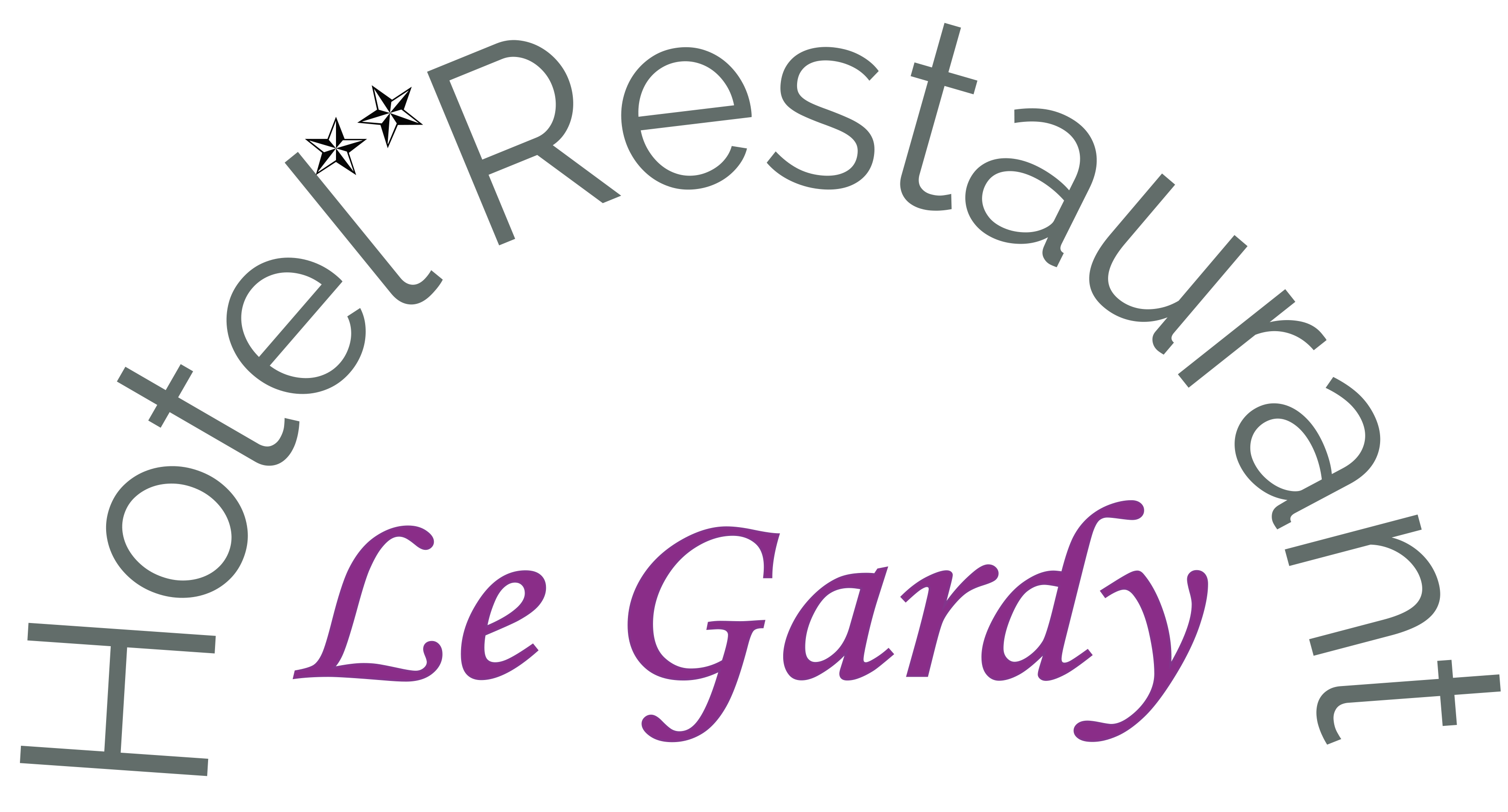Villefranche de Rouergue
The bastide of Rouergue par excellence! Very regular plan, with streets intersecting at right angles that lead to the central square lined with covered. There, the impressive collegiate church dominates the square and watches over the smooth running of the market every Thursday and Saturday.
It is thanks to a rich commercial past that Villefranche was able to build the Chartreuse Saint-Sauveur in the 15th century, a Gothic architectural masterpiece.
INTACT MEDIEVAL CITY
You will enter Villeneuve d'Aveyron via one of the four towers, two of which have remained intact. By taking the narrow and regular streets you will appreciate typical bastide architecture. Inevitably, you will arrive at the central square, the Place des Conques. There, time stops and we admire the medieval and Renaissance houses with their pointed arches. The architecture of the Church of the Holy Sepulcher may surprise you: indeed, in the 14th century, the apse of the Romanesque building was destroyed to build a much brighter Gothic nave.
Belcastel
Classified as “Most Beautiful Villages of France”, Belcastel is a picturesque village where the inhabitants knew how to preserve the old houses. From 1970, the magnificent castle was saved from ruin by the architect Fernand Pouillon who fell in love with the small village.
Now become an essential stopover, you will find in Belcastel a unique charm offering splendid architecture and if you like walks, the many small paths along the river will enchant you.




Caves of Foissac
Discover the Foissac cave, underground river and prehistoric remains for a guided tour of about 1 hour. Provide a little wool, at the bottom the temperature is 12 ° C.
Walk through the small village of Peyrusse-le-Roc anchored in the greenery and climb the rocky peak leading to the ruins of Peyrusse and to a striking point of view.
Najac and its castle
The medieval fortress, perched at the top, was built to defend the Rouergue. The castle town developed on the hill in the 11th century. From the 13th century, the city spread eastwards, with its suburbs. Le Bourguet and Le Barriou are built along the main street which winds the crest, and join the place du Barry and its cutlery. The Church of Saint John, built in the 13th century, extends the village to the west.
WHEN YOU VISIT THE BOURG DON’T MISS:
Place du Faubourg
The Monolithic Fountain of the Consuls (Historic monument, 1344)
Saint-Barthélémy Chapel
The Governor’s House
The Senechal House
The Royal Fortress (Historical monument, 12th and 13th century)
The Gate of the Pike
The Church of Saint-Jean l’Evangéliste (Historic monument, 13th century)
The Pause district
The Pont Saint Blaise (Historic monument, 13th century)


